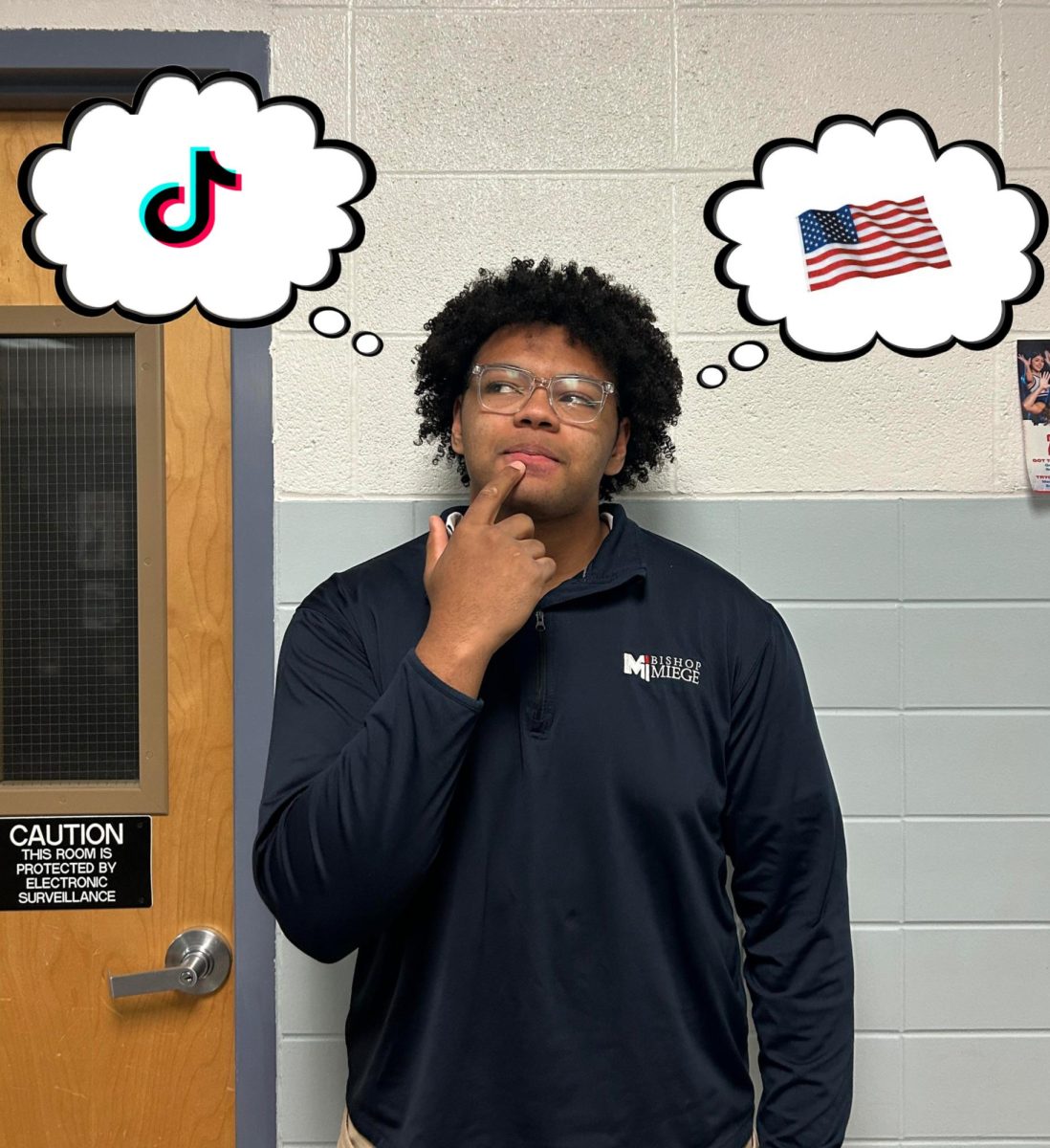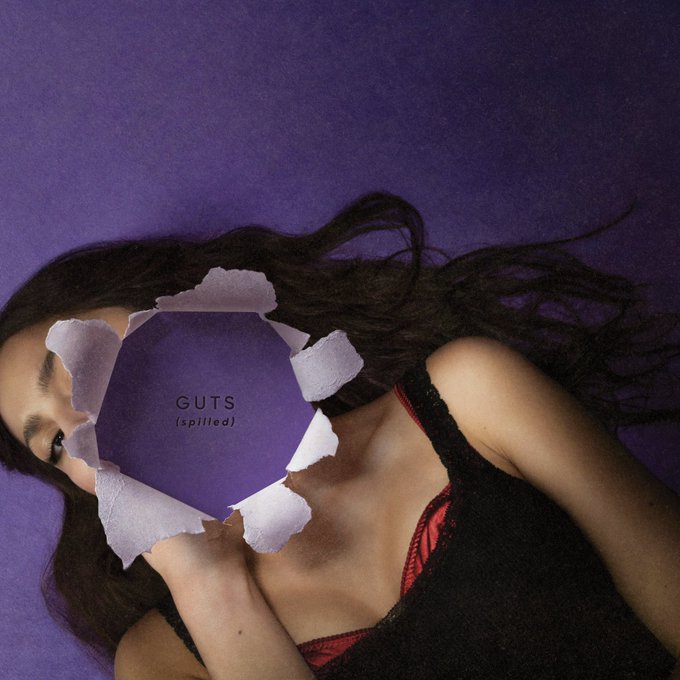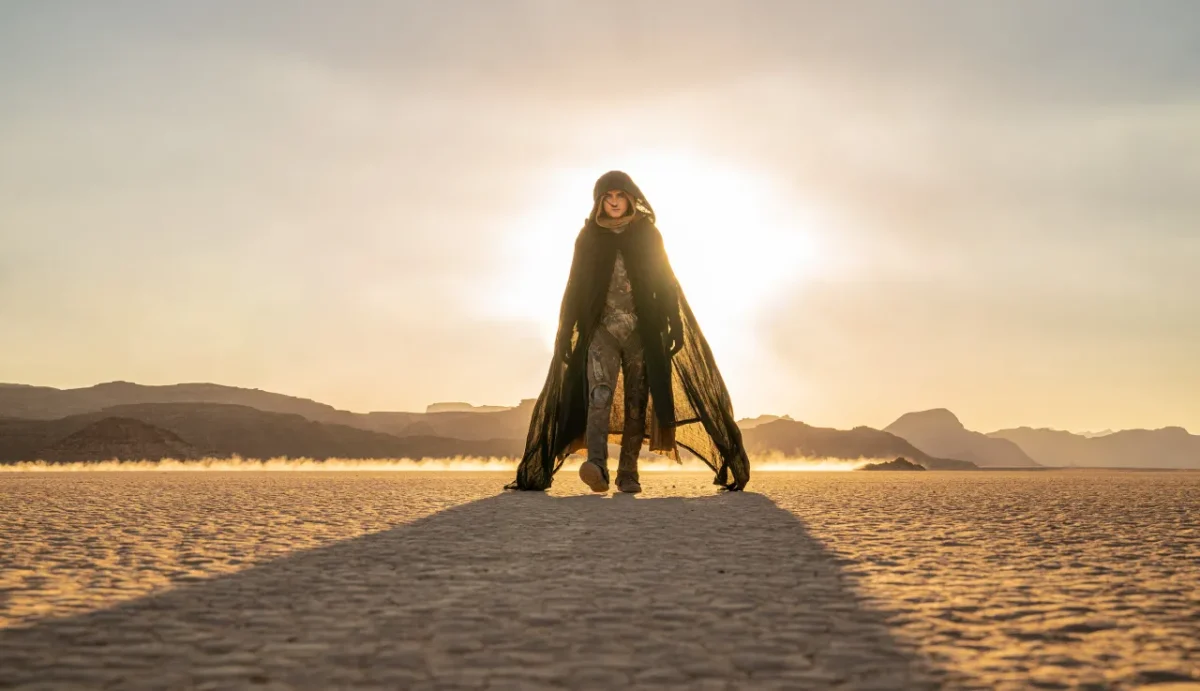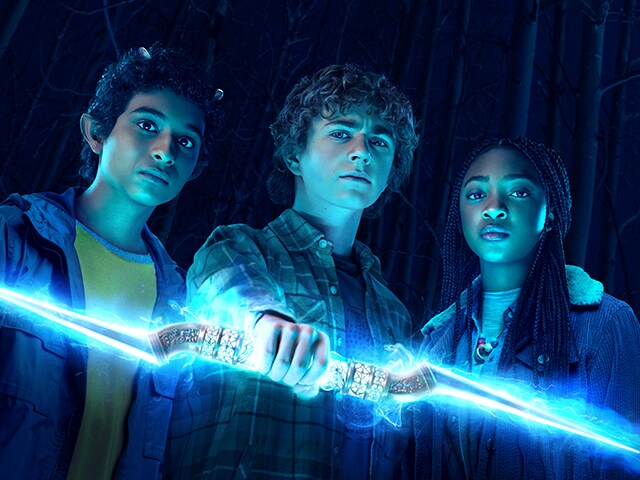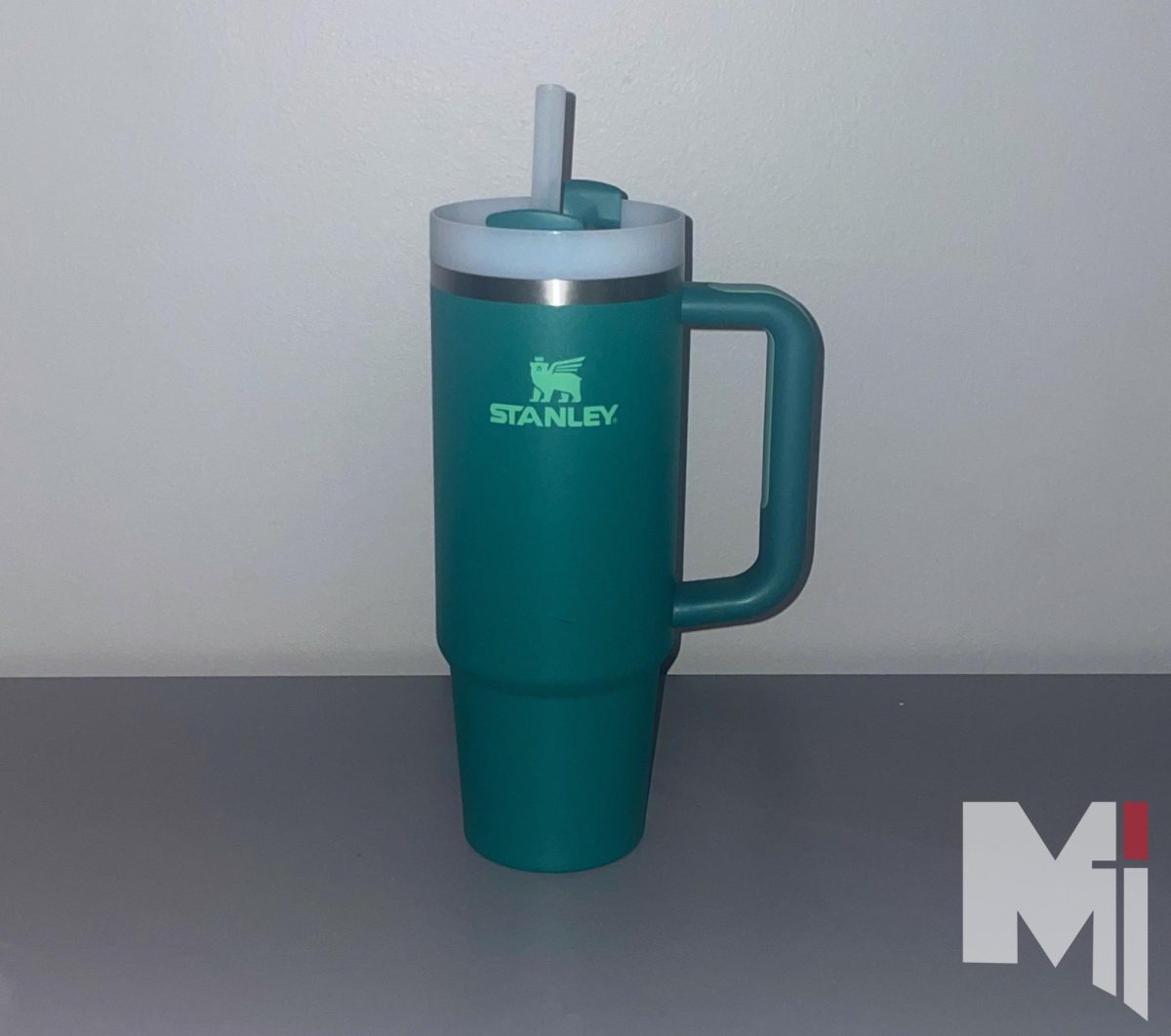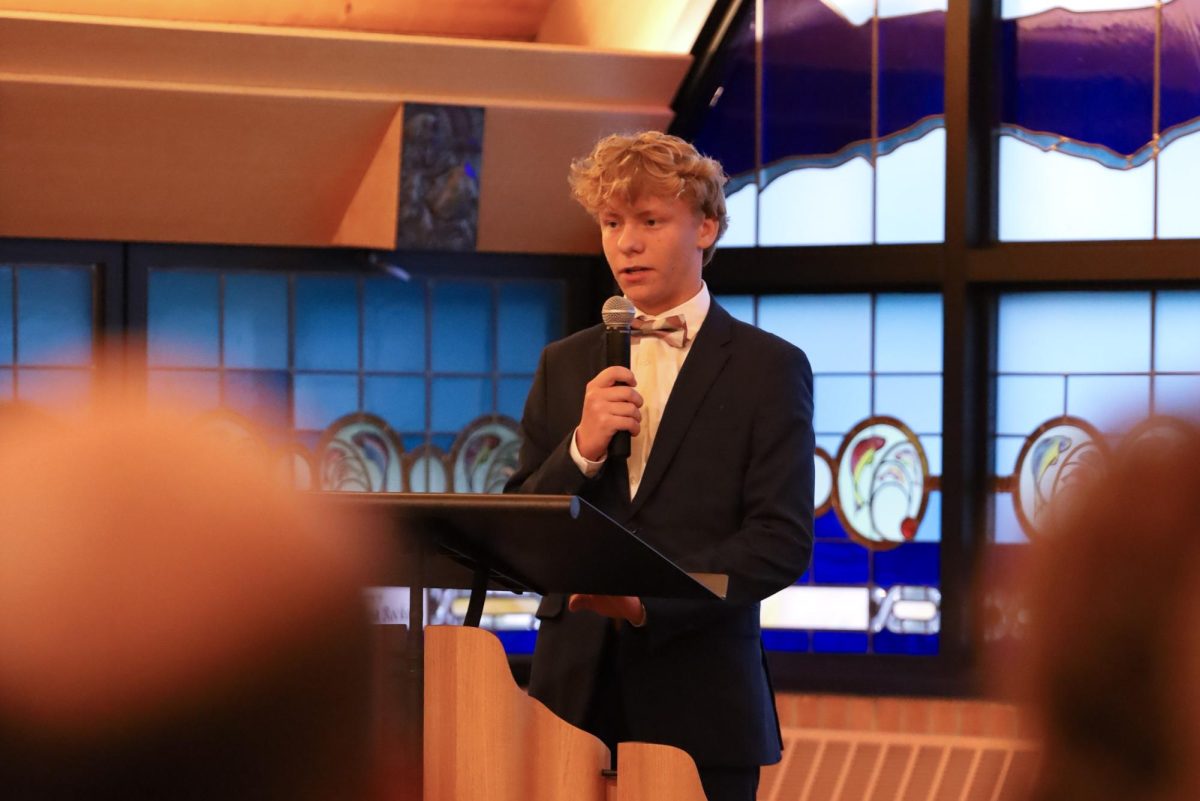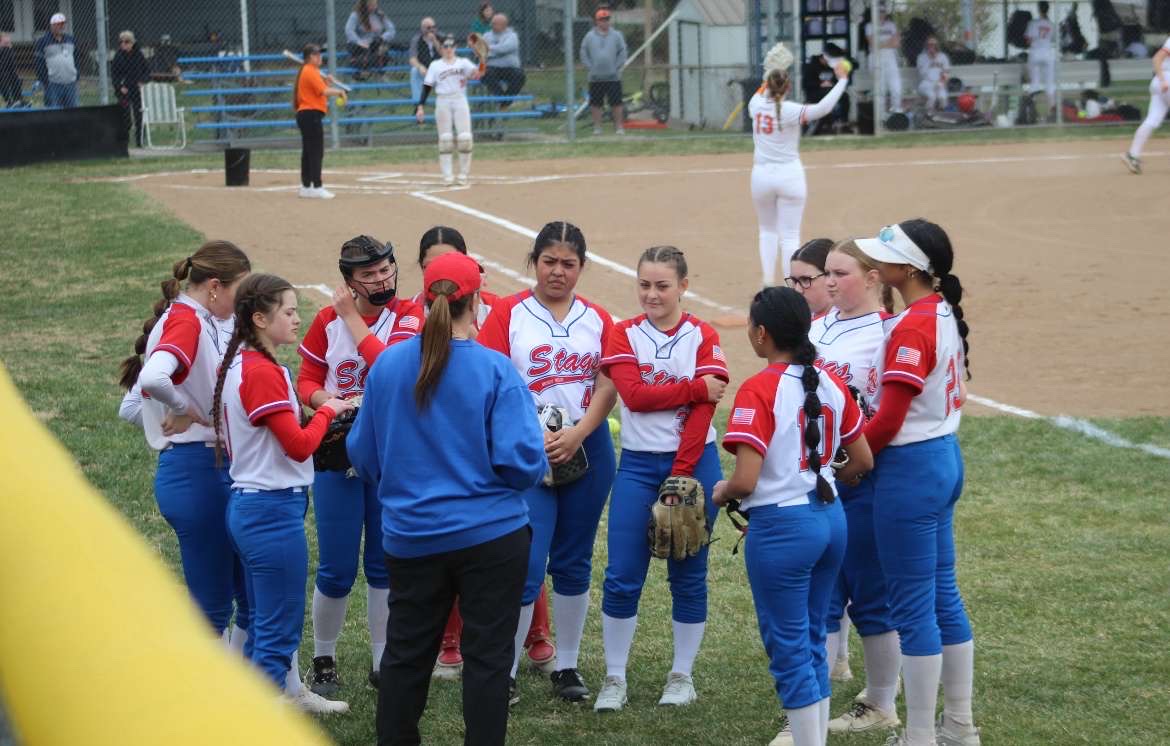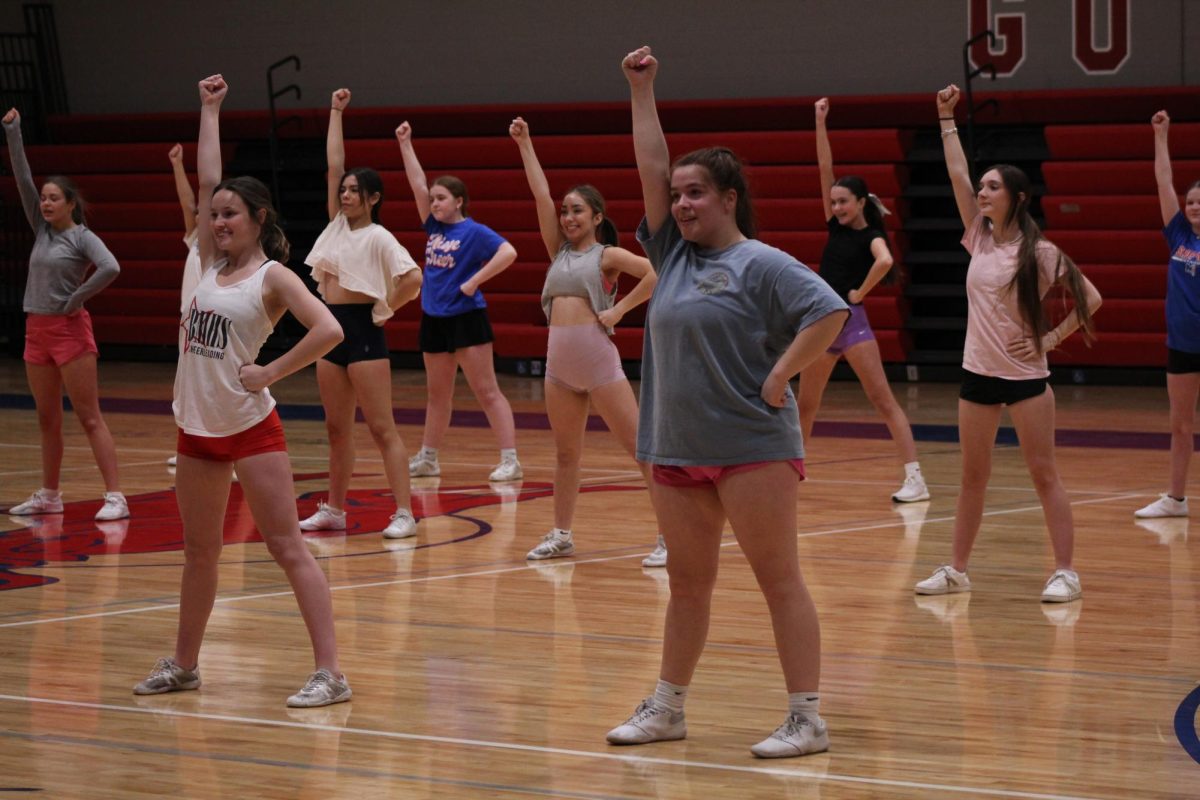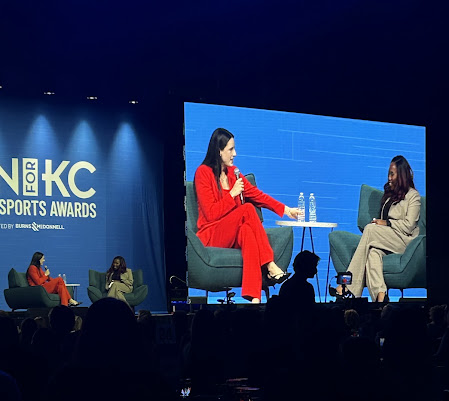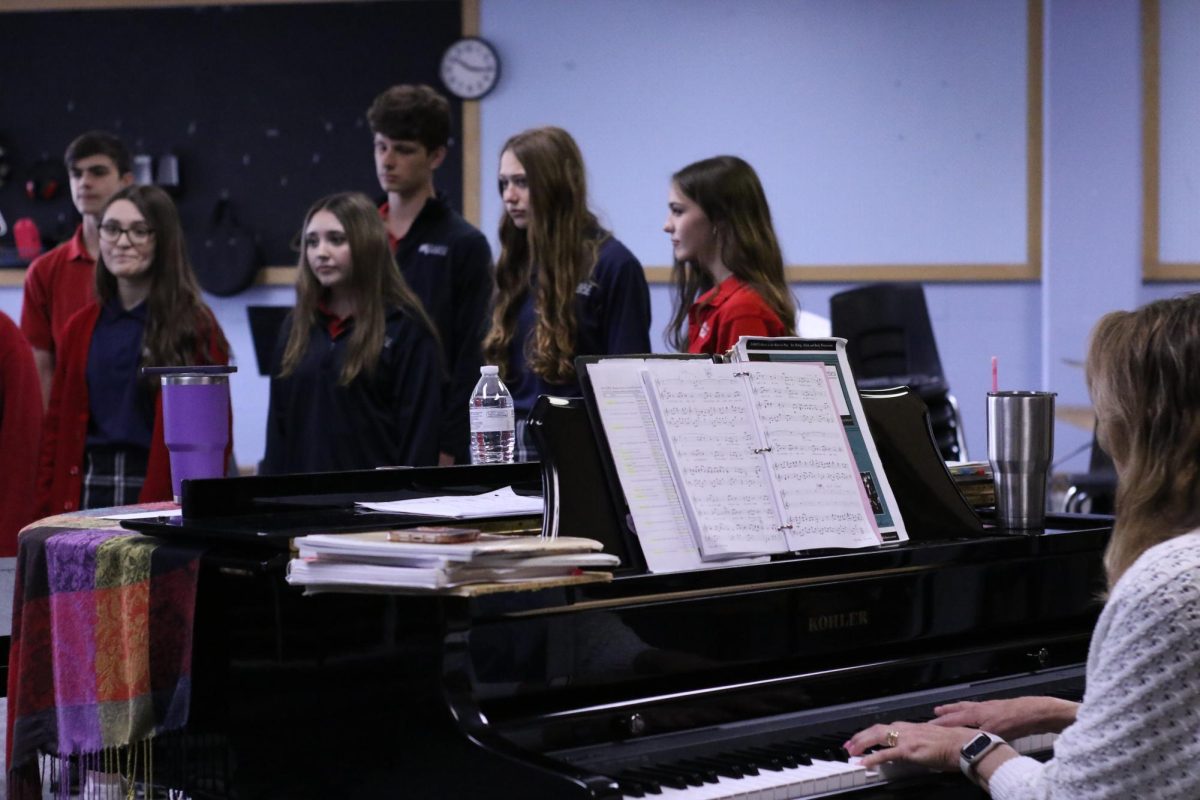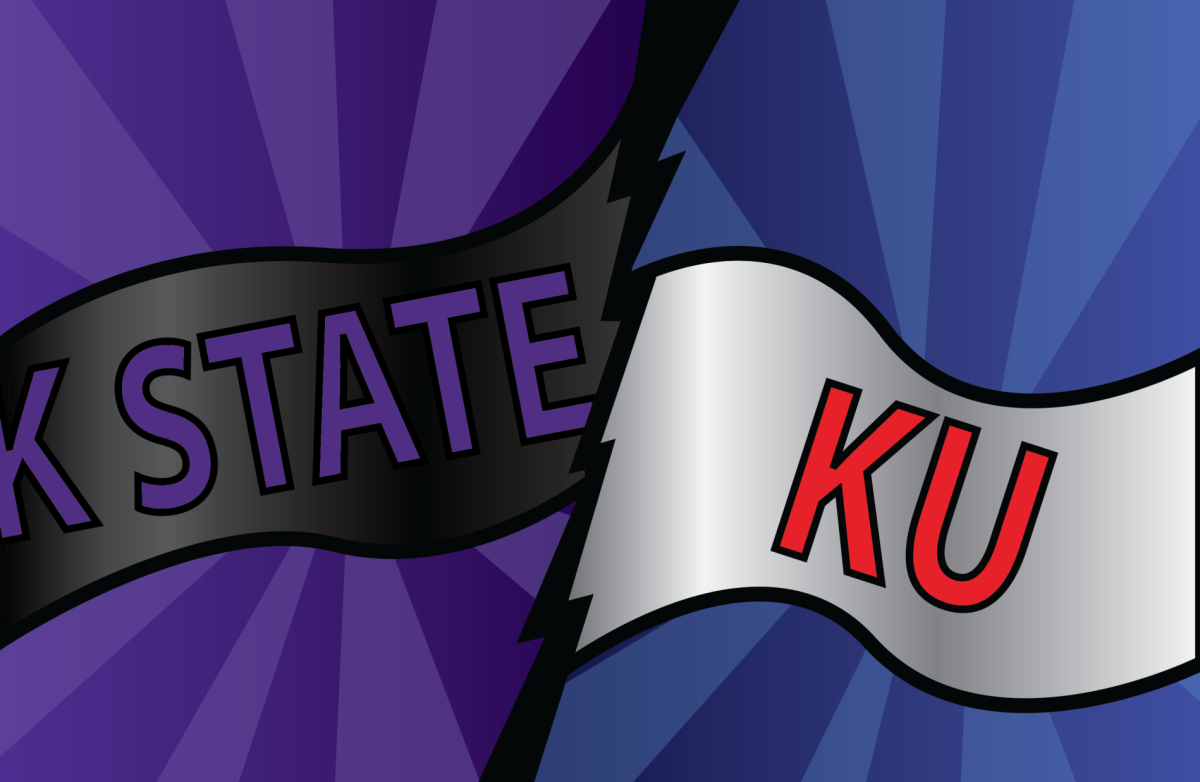Ever since its premiere nearly two decades ago, “Avatar: The Last Airbender” stands as a fan-favorite, especially among Gen Z. The COVID-19 pandemic ignited a revival of watching and series, leading Netflix to partner with Michael Dante DiMartino and Bryan Konietzko, the original writers of the show. However, the pair left the project due to “creative differences” but I remained hopeful for the series, and for the most part, I’m glad I did.
When Netflix announced the production of this live-action series, I immediately grew weary. I’ve grown tired of constant remakes or live-action additions of classic stories from my childhood. However, the excitement remained and somewhat stayed alive throughout my watch time.
My first major issue with this production falls within removing key personality traits of Katara (Kiawentiio), the sole water bender of the Southern Water Tribe and her brother Sokka (Ian Ousley). Although many hold annoyance regarding Katara’s passionate anger and profound need for control, these flaws perfectly showcase how she copes with the loss of her mother as well as her personal hatred toward the fire nation in the war.
The sibling dynamic between these two also utilizes Sokka’s ignorance toward women’s capabilities and roles to build up his character development with other characters like Suki (Maria Zhang), Princess Azula (Elizabeth Yu) and Ty-Lee (Momona Tamada). Katara’s unmatched talent with water-bending forces Sokka to reevaluate his values and understanding of society. This production swapped Katara’s tenacious mindset for pacifism even in the most intense scenes. I don’t blame the actors for this but rather the writing.
Zuko stands as my favorite character in the series and actor Dallas Liu gave the perfect performance. He portrayed the same unrelenting rage within Zuko as well as his longing to find himself and his role in Aang’s journey. The duo of Uncle Iroh (Paul Sun-Hyung Lee) and Zuko bring a heartfelt performance to this show. They embodied the themes of Avatar by showcasing the complexity of human nature and desire in a family dynamic.
It was strange that Zuko never mentioned “his honor” as it is as a staple of his character development and dialogue in the original composition. His scar also didn’t appear brutal enough or even realistic to show his complex relationship with his father. In the animated series, Zuko never fought back in the Agni Kai. However, in this version, Zuko is forced to bend against him but quickly holds back as Ozai marks his face with the infamous burn.
The production quality within the cultural details and architecture brought to life the original scenes that molded my childhood love of Avatar. However, the CGI depiction of Appa the sky bison was rather disappointing. The wig and costuming choices at times felt a bit too unrealistic or not worn enough compared to the circumstances of the war at times. Princess Yue’s (Seychelle Gabriel) wig blatantly highlights this mistake.
Gordon Cormier stars as Aang and does so well. He holds the youthful energy needed to contrast the weight of responsibility in mastering all four elements in such a short amount of time. I hold mixed feelings about the switch of his fatal flaw from fire-bending to the avatar state. It holds the same principle- he doesn’t want to hurt others with such force-but I missed how Zuko, a major enemy, who found new meaning in fire bending, aided in removing Aang’s fear.
Despite some bigger mistakes, I still enjoyed many aspects of the live-action series. The casting choices and attention to cultural accuracy made some of my favorite characters translate from animation. The nostalgic energy provided by Netflix while still providing a new take although nice, remains questionable if needed. The animated series will always remain the best execution of this beloved tale, but I still recommend all past fans watch with an open mind and soak in the nostalgia.




